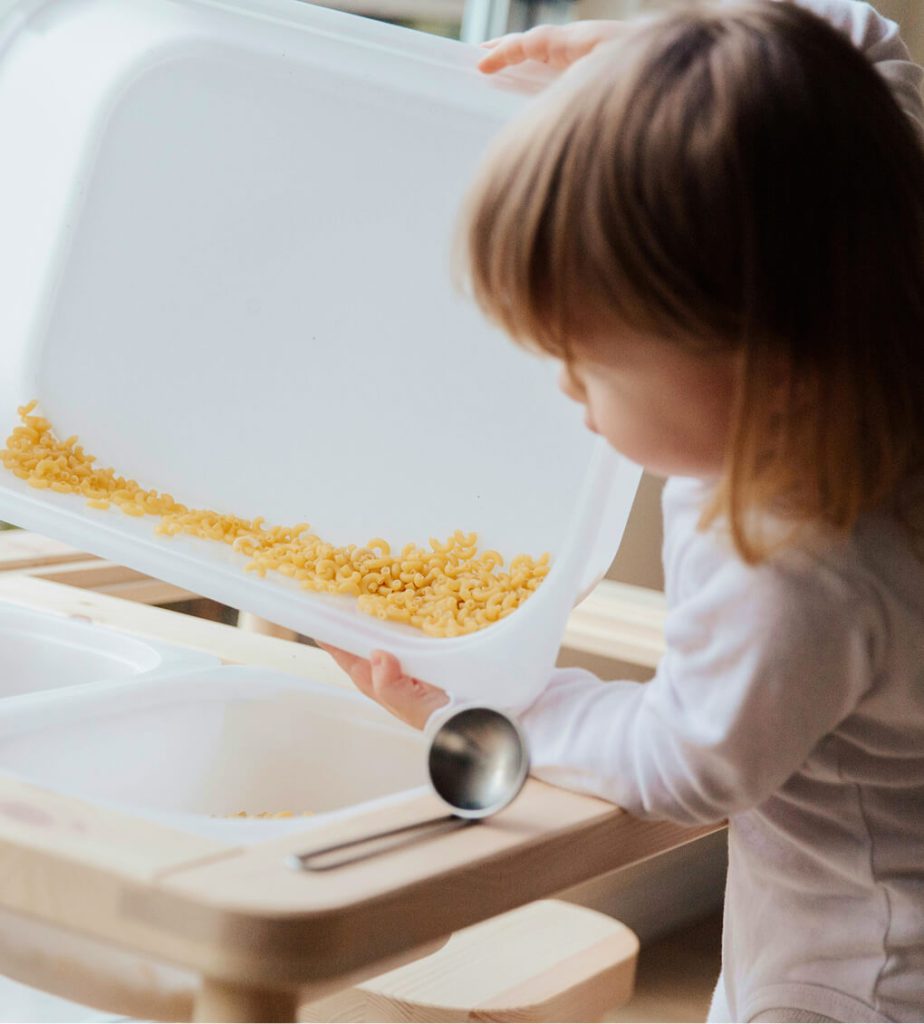
Every Eater’s Food Play Database
Meeting Kids Where They’re At with Playful Food Exploration
Because it’s not just about how a child eats—but how they feel while doing it.
Benefits of Food Play
Encourages sensory familiarity
Food play provides rich opportunities for sensory exploration, which is especially helpful for children with sensory sensitivities or aversions.
Reduces mealtime pressure
Food play lets children interact with food without the expectation to eat, helping lower anxiety and resistance.

Builds comfort
Food play invites children to explore and engage with food in a way that feels fun and safe—because play is how children learn best.
Comfort Starts with Exploration
Skills Learned Through Play
Strengthens positive associations with food
By keeping food experiences joyful and pressure-free, food play helps children develop a more positive relationship with food.
Fosters curiosity and independence
When children are allowed to explore food freely, they build confidence and take more initiative in feeding themselves.
Builds Foundation for Confident, Connected Mealtimes
By creating positive early experiences with food, children feel more secure, making mealtimes smoother and more enjoyable for the whole family
Simple, Sensory-Friendly Ideas to Try at Home
Train Whistle Pasta
About
All aboard!! This playful oral motor activity invites your child to blow through a piece of penne pasta like a whistle. It encourages breath control, lip rounding, and oral awareness—all important skills for eating and speech. Plus, it’s silly, simple, and fun!
Oral Sensory

Finger Painting
About
This sensory-rich activity invites your child to explore food through touch, sight, and smell—using safe, edible “paints” like yogurt, whipped cream, or fruit purée. It encourages sensory tolerance, creativity, and positive food experiences, all while making a joyful mess!
Fine Motor
Gross Motor
Messy Play







